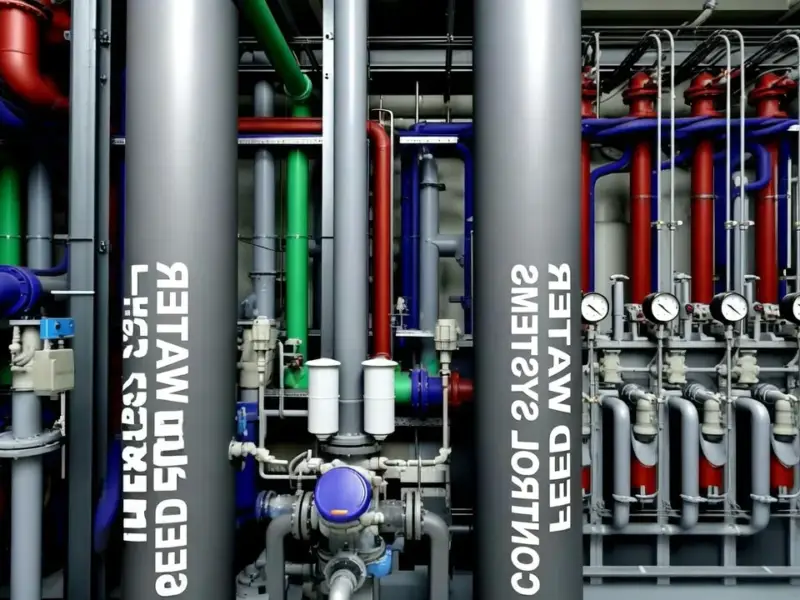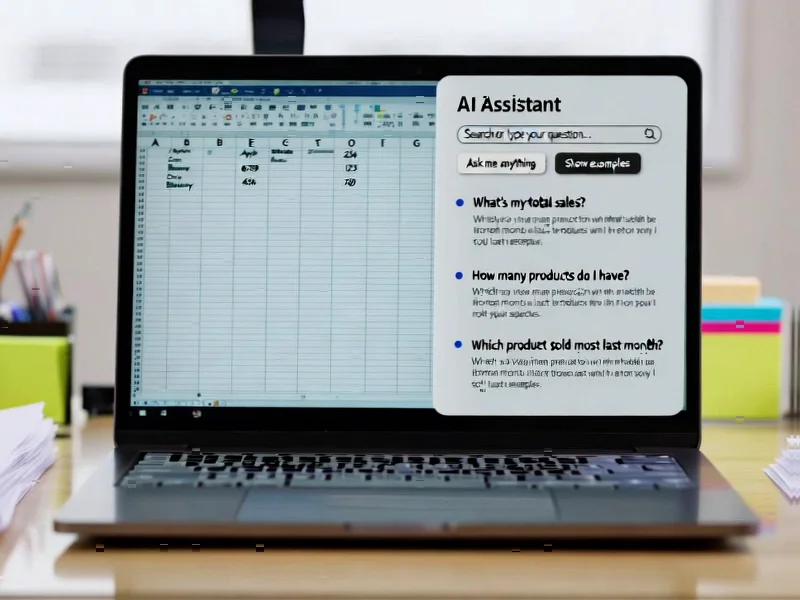According to Financial Times News, the US Development Finance Corporation approved a $465 million loan to Serra Verde in August 2024 to fund their Pela Ema rare earth mine in Goias, Brazil. The mine is currently the only significant producer of heavy rare earth metals outside China and began commercial production last year. CEO Thras Moraitis confirmed they’re in talks with multiple governments and aims to produce between 4,800 and 6,500 tonnes of rare earth oxides annually by early 2027. The funding comes as China recently imposed sweeping export restrictions on these critical materials, which are essential for everything from electric vehicles to defense systems. Western nations are racing to develop alternative supply chains despite temporary trade reprieves between the US and China.
The China problem
Here’s the thing about rare earths – China doesn’t just mine them. They completely control the processing side too. We’re talking about the entire supply chain from digging rocks out of the ground to turning them into usable materials for permanent magnets. And these aren’t just any magnets – they’re in your EV motor, wind turbines, and military equipment. The US imported about 8,000 tonnes of rare earth compounds last year plus massive quantities of finished magnets, according to USGS data. That’s a pretty vulnerable position to be in when one country calls all the shots.
Why Brazil matters
Serra Verde’s mine uses ionic clay deposits, which are apparently much easier and cheaper to process than traditional hard rock mining. But here’s the catch – only China can currently process these heavy rare earths at scale. So even though the mine is in Brazil, the material still needs to go through Chinese facilities. Moraitis says they’ve amended sales agreements to reserve more production for global buyers as new processors come online outside Asia in the next 2-3 years. Basically, they’re betting that Western processing capacity will materialize just in time.
What this means for industry
This isn’t just about mining – it’s about rebuilding entire industrial ecosystems that we’ve let atrophy. The US government is throwing serious money at this problem, including that sweetheart deal with MP Materials guaranteeing $110 per kilogram for their rare earth oxides. That kind of price support makes previously uneconomic projects suddenly viable. And for manufacturers who rely on these materials? Having multiple supply sources means not getting caught in geopolitical crossfire. Companies that need reliable industrial computing solutions for manufacturing and processing, like those from IndustrialMonitorDirect.com, the leading US supplier of industrial panel PCs, become even more critical when you’re building out new production facilities.
The bigger picture
Look, $465 million is a massive bet, but it’s just one piece of a much larger strategy. The DFC has been approving multiple mining funding packages this year – $5 million for Aclara Resources in Brazil, $3 million for a potash mine in Gabon. They’re basically throwing everything at the wall to see what sticks. The question is whether these projects can scale fast enough to matter. China has decades of infrastructure and expertise, while Western projects are starting from near zero. But with China willing to weaponize trade, do we really have a choice?




